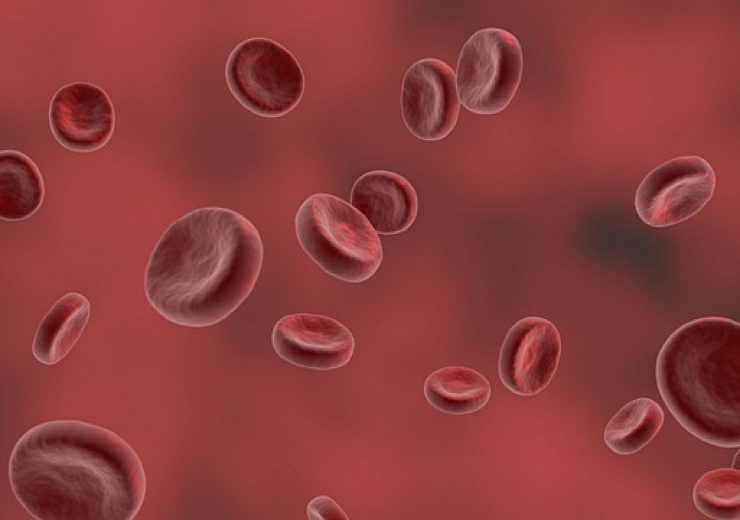Hemanext ONE is a prescription medical device that allows to limit oxygen and carbon dioxide levels in the storage environment

Hemanext ONE is beneficial for people with sickle cell disease (SCD), thalassaemia, and myelodysplastic syndromes (MDS). (Credit: Crystal Blair from Pixabay)
US-based medical technology firm Hemanext has secured CE mark approval for its Hemanext ONE red blood cell (RBC) processing and storage system.
Hemanext stated that the blood centre validations needed for local adoption of the RBC processing and storage system were completed in Norway last year.
The blood centres in Italy, Switzerland and France are expected to complete validations this year. The company also intends to obtain additional validations and approvals to provide the device to healthcare professionals in other select European markets in 2021.
The CE mark enables the use of the Hemanext ONE RBC system for the processing and storage of CPD/PAGGSM red blood cells, leukocytes reduced (LRRBC), which were prepared and processed with the Hemanext ONE system within 24-hours of collection.
The Hemanext device, which restricts the oxygen and carbon dioxide levels in the storage environment, allows blood centres to transform a unit of conventional leukoreduced RBCs into a transfusion-ready unit of RBCs.
According to the company, the CE mark enables to begin clinical studies and real-world experience in Europe to assess the potential of the technology.
Hemanext ONE is beneficial for people with sickle cell disease (SCD), thalassaemia, and myelodysplastic syndromes (MDS), as they require chronic transfusions.
Hemanext president and CEO Martin Cannon said: “For more than a decade, Hemanext has committed its resources to the continuing effort of the transfusion medicine community to save lives and improve patient outcomes.
“We are eager to offer physicians and their patients throughout Europe an innovation that intends to advance the quality and cost of transfusion therapy.”
Hemanext ONE is still an investigational device in the US, and is not yet available for sale in the country.
The company also plans to submit its De Novo request for marketing authorisation of the device from the US Food and Drug Administration (FDA).
